Affiliate links on Android Authority may earn us a commission. Learn more.
Why thin bezels are a horrible idea for smartphones [Opinion]

If a smartphone can be too thin for its own good, we can agree the same applies to bezels. The industry keeps pushing bezels away like they are some kind of bacterial disease, making for devices that are nearly all screen. Is this what people look for in their next smartphone, or is it one of the many gimmicks manufacturers use to hit more sales?
Body-to-screen ratios keep decreasing and this bullet train is not stopping anytime soon.
Body-to-screen ratios keep decreasing and this bullet train is not stopping anytime soon. We have previously touched on this subject, wondering just how thin bezels could get and how that could be a problem. The bezel-less concept was still young and we weren’t sure what could be going on, but now we know this movement could bring more problems than it brings advantages.
What are some of the problems current and future bezel-less devices could face? We will go through some of the main ones in the sections below.
Accidental touching
This is an obvious issue. It’s also the first problem you will notice when you try out your shiny new bezel-less device. The all-screen concept will look beautiful in the shelves, as well as in your hands, but the hype will die down as soon as you start making accidental taps.
It becomes a dreadful annoyance that you can't seem to brush off unless you hold your device in all sorts of uncomfortable ways.
In fact, it becomes a dreadful annoyance that you can’t seem to brush off unless you hold your device in all sorts of uncomfortable ways. This is especially the case with larger devices, like tablets. These are designed to be held with a grip, as their sizes and weight require so.
It’s easier to hold a tablet when it has a sizable bezel to support it. This is a fact, and even (dare I mention?) Apple knows it. This is why, with the iPad Mini, they introduced a software solution in which the device ignores touch when it notices it is caused by your hand gripping onto the iPad.
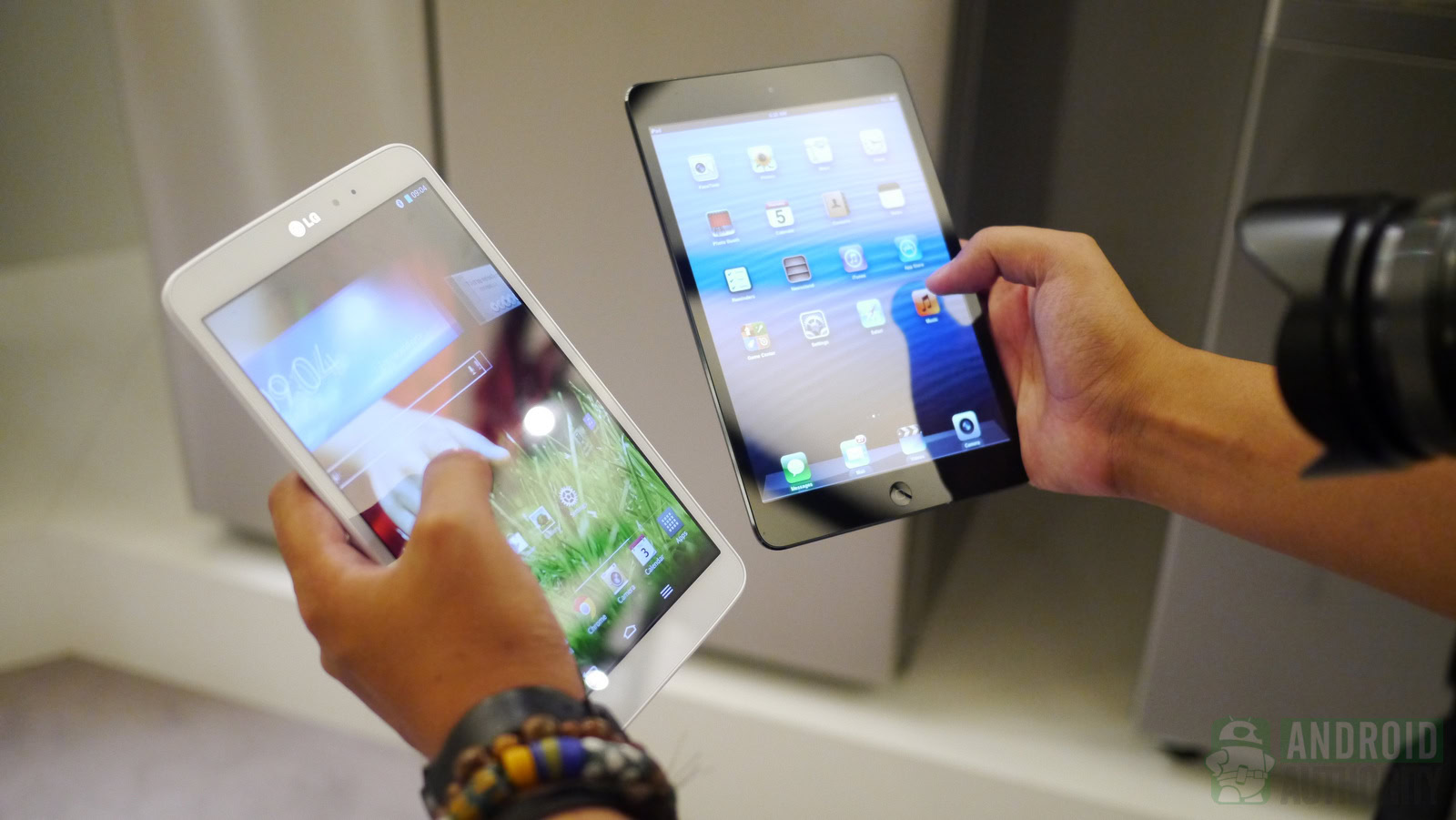
The thinner the bezel, the easier they break
We have found a correlation between devices with thin bezels - they are all very weak.
Let’s leave confort behind. Let’s assume we can make these devices work with no accidental presses and hair-pulling problems. We have realized thin bezels don’t help much in making your smartphone more durable. In fact, it often makes them very fragile.
This is not just me talking, either. Here at Android Authority we have become very known for our drop tests, and we have a few examples we can use as evidence. We have found a correlation between devices with thin bezels – they are all very weak.
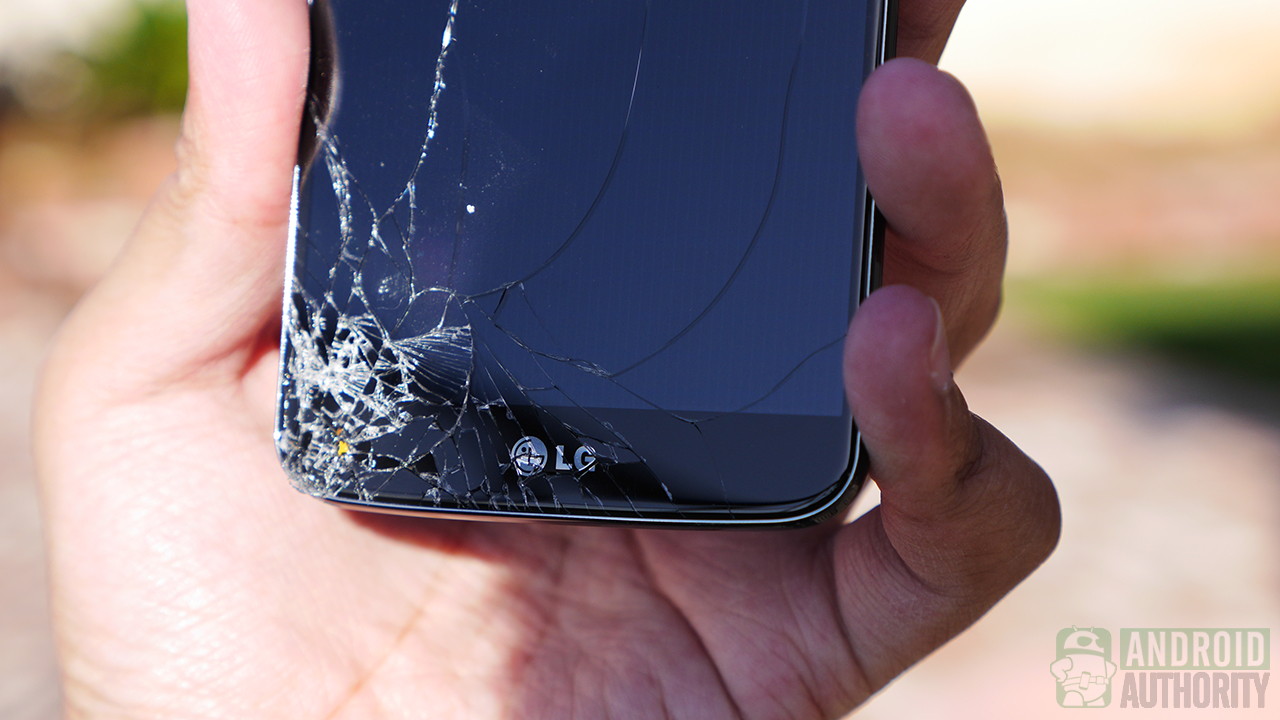
In drop tests, devices like the LG G2, LG G Flex and Samsung Galaxy Note 3 don’t fare very well. They all cracked and in some cases the display was rendered useless. These all have very thin bezels, especially on the left and right edges of the phone.
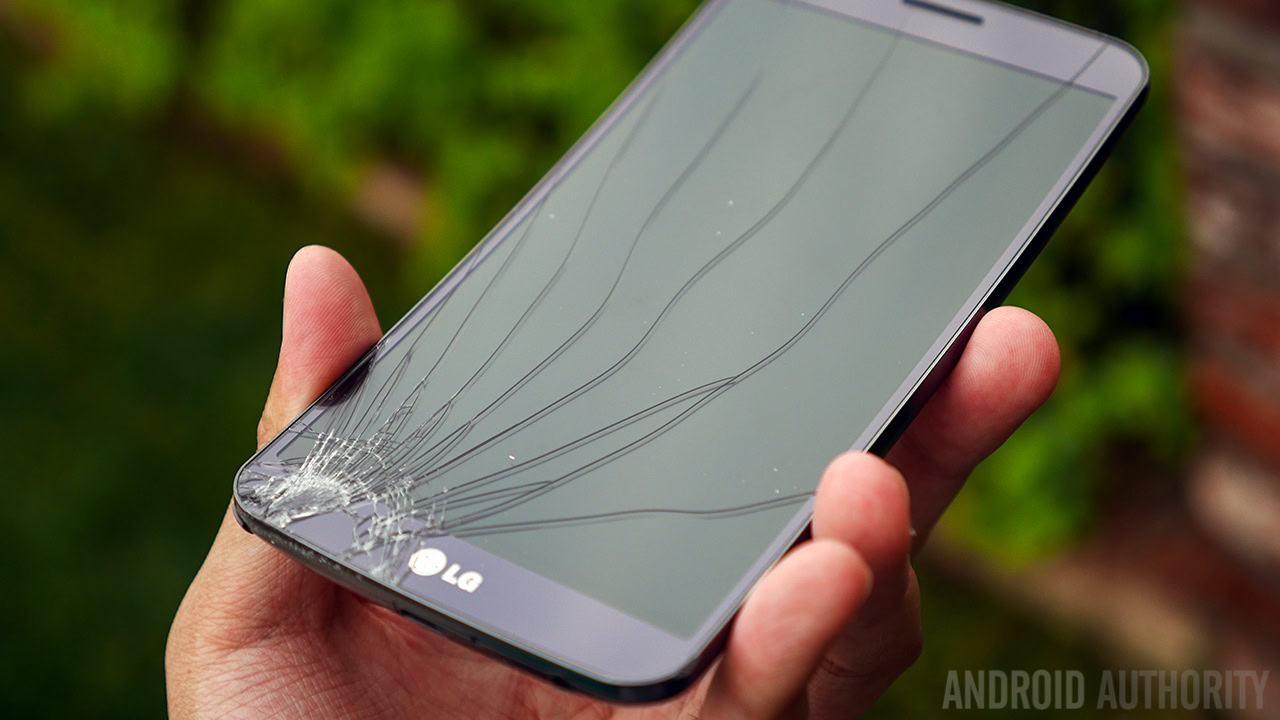
These are not bezel monsters, either - they just happen to have a bit of meat in their bones.
This inferior ruggedness could be due to many factors. For one, manufacturers usually focus on thinness as well, meaning they put make screens more compact and easier to break. Another obvious theory is that these screens are closer to the edge of the phone, making them more susceptible to cracking in falls.
Now, if we take a look at devices like the Xperia Z2 and the HTCOne M8, which have significantly bigger bezels, you can really tell the difference. These are not bezel monsters, either – they just happen to have a bit of meat in their bones.
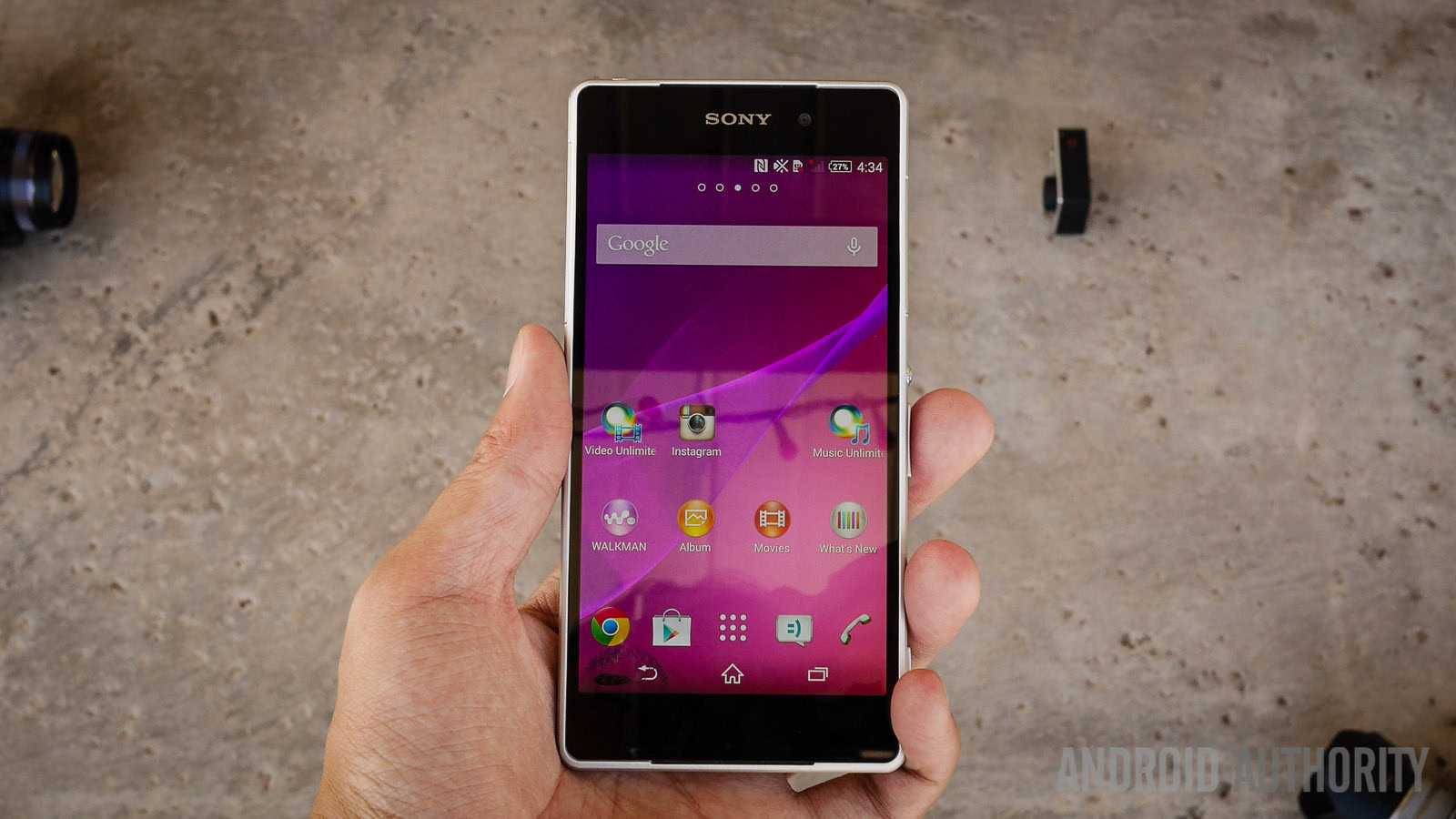
We haven’t done an official HTCOne M8 drop test, but I have dropped my personal device a couple times (one time it fell right on the screen), and it is alive and unharmed. As for the Xperia Z2, it proved to be just as solid. And yes, the image above is the Xperia Z2 after our drop test.
Things can get ugly real fast!
Some people may choose to give up durability and comfort for a bezel-less beauty. Some of these phones do look gorgeous, but we have seen that lack of bezel doesn’t really equal to good aesthetics every single time. Some of these bezel-less devices can get real ugly. Of course, this is a subjective topic, but I know many of you will agree when you see these devices.
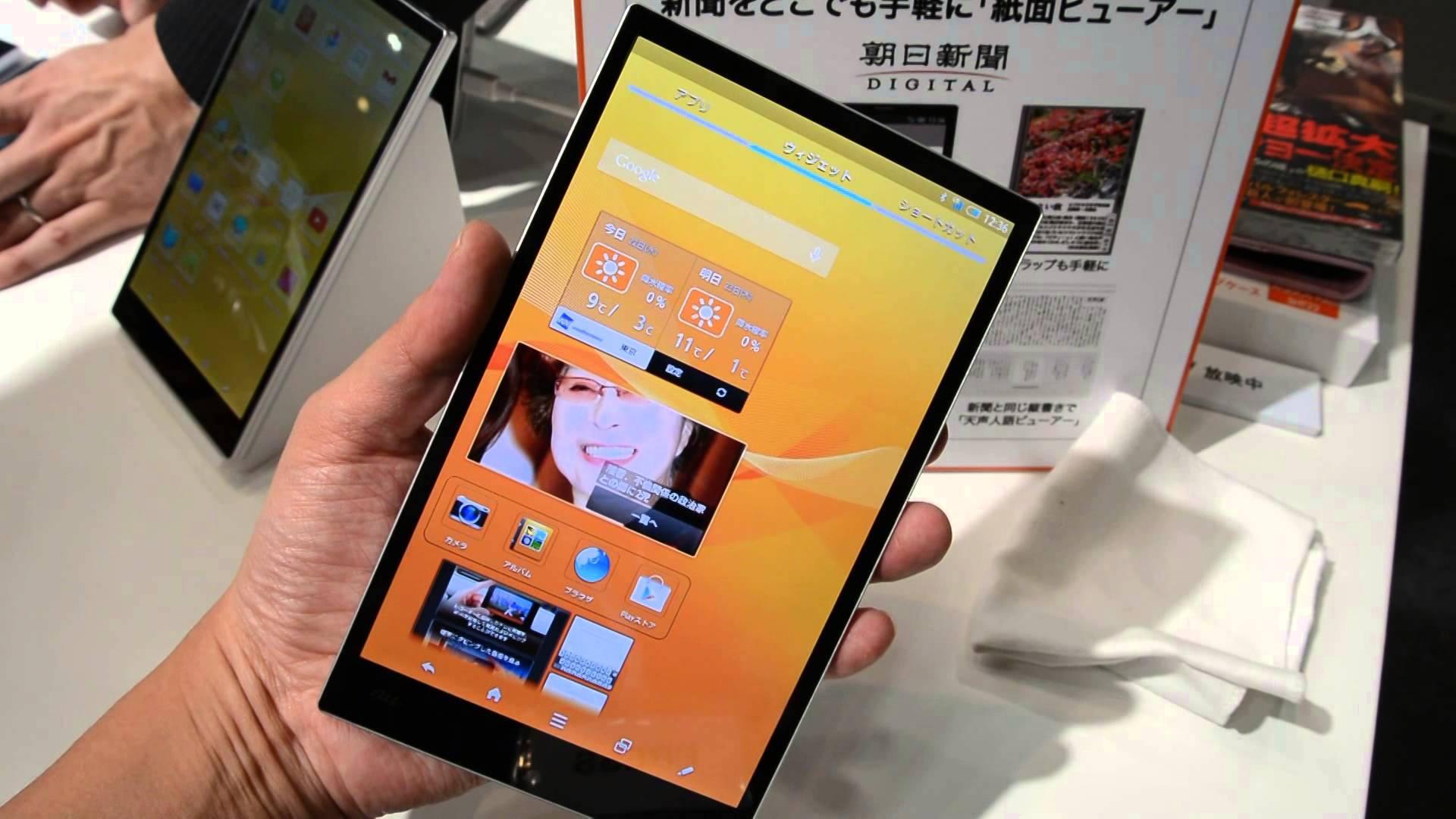
Let’s take the a look at the Sharp AQUOS Pad and AQUOS Phone Mini. These devices have such a small bezel they look unnatural. This is probably the best example of bezels gone wrong. Sharp really just went nuts here. This really seems like making thin bezels just for the sake of it.
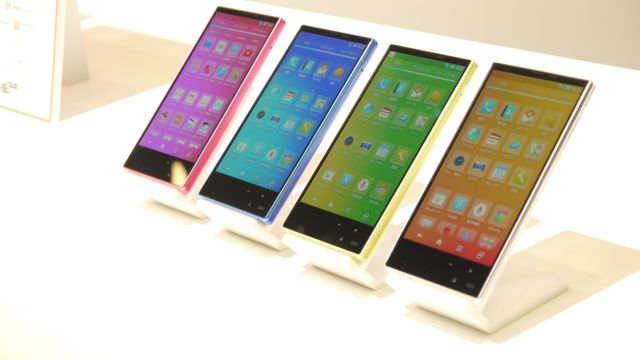
Of course, LG has outdone themselves with one device – the LG Isai FL. This phone’s bezel is amazingly thin, but it does manage to look a little better than Sharp’s option. Regardless, it still seems a bit unnatural and uncomfortable.
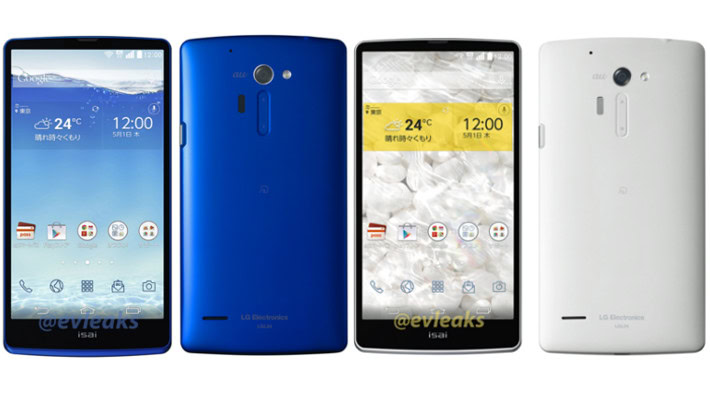
Will this trend continue?
Not every manufacturer is following the gimmicky thin bezel trend, and that is always good. If you look for something more durable and comfortable to use, you can choose devices from Sony, HTCor the like. Those who prefer te thinner bezels can go with LG or Samsung.
With that said, I doubt manufacturers are doing away with thin bezels. In fact, LG’s Chul Bae Lee, Vice President of LG’s Mobile Communications Design Lab, said he wanted the LG G3’s bezel to be even thinner! Is that even possible? Needless to say, this is hard proof of where the industry is moving.
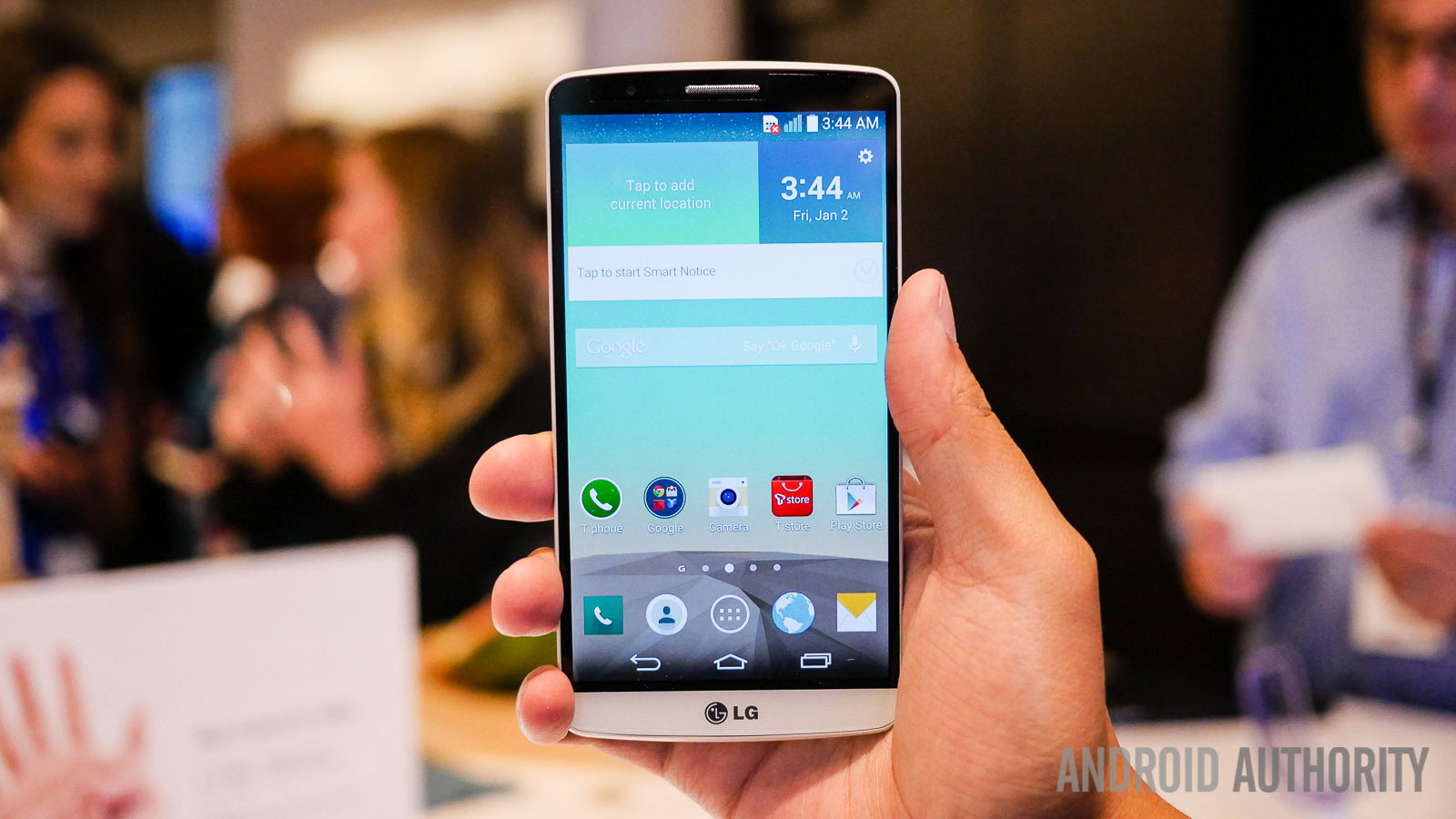
How can we fix these issues?
But what good is a smaller, thin phone if you need to put a case in it? This problem needs to be hit at the source... design.
If there is one thing I will never do, it is to criticize something without trying to find some possible solutions. We need to think of ways to make things better for those who do prefer the elegant look and smaller size thin bezels tend to offer.
It’s definitely advisable to get some form of protection, whether that be in the form of insurance or a case. But what good is a smaller, beautifully thin phone if you need to put a case in it? This problem needs to be hit at the source, which is to say, it’s design.
Why did the Xperia Z2 hold up so well in all our tests? If you really take a close look, the bezel is still pretty thin, even if not as much as the others. The difference seems to be that other layer of plastic surrounding the device. Design and different materials working together can make a huge difference in both weight, size and durability.
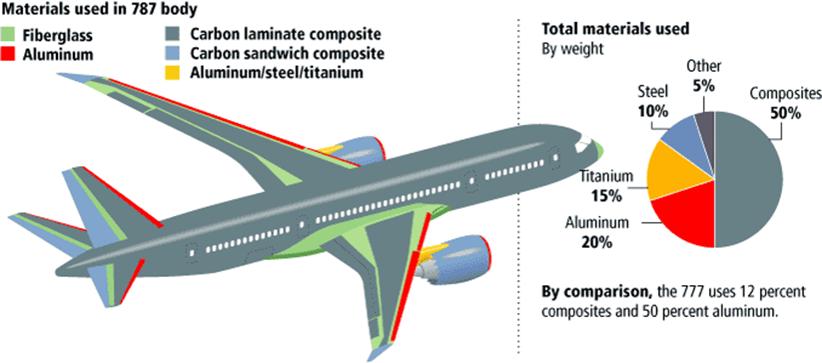
We can go ahead and look at the skies for answers – literally. Most modern airplanes are constructed with what they call composite material. This simply means multiple materials crafted together to create a stronger product. In phones, manufacturers have started to use more composite materials, which also include reinforced plastics.
We can take the LG G3’s metal/plastic build or the Droid Razr’s iconic kevlar back as examples of composite material. We need to move past just making plastic or metal phones. We need to find the right balance between durability, aesthetics, design and build quality.
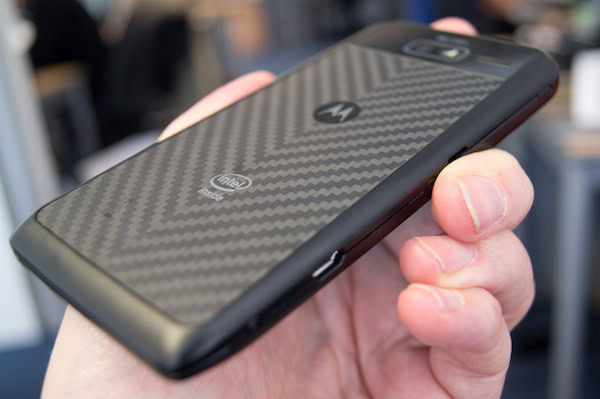
The problems with accidental presses are also fixable. Apple found a nice software workaround, so we are sure other manufacturers (or Google) can do something about this. As for design, there is really not much we can do or say about that. That is simply a factor only the device designers can fix.
We do know one thing, though: there are problems with these svelte bezels. Manufacturers either need to fix them or stop making our phones more fragile and problematic than they need to be.